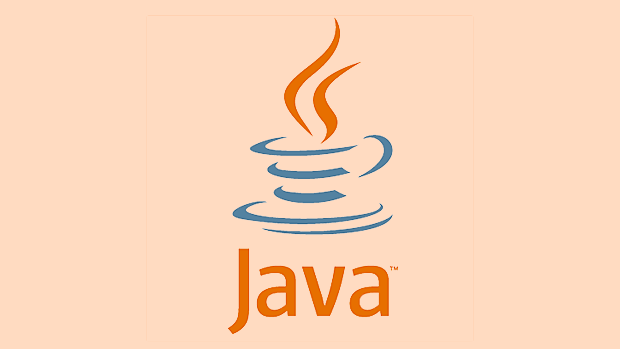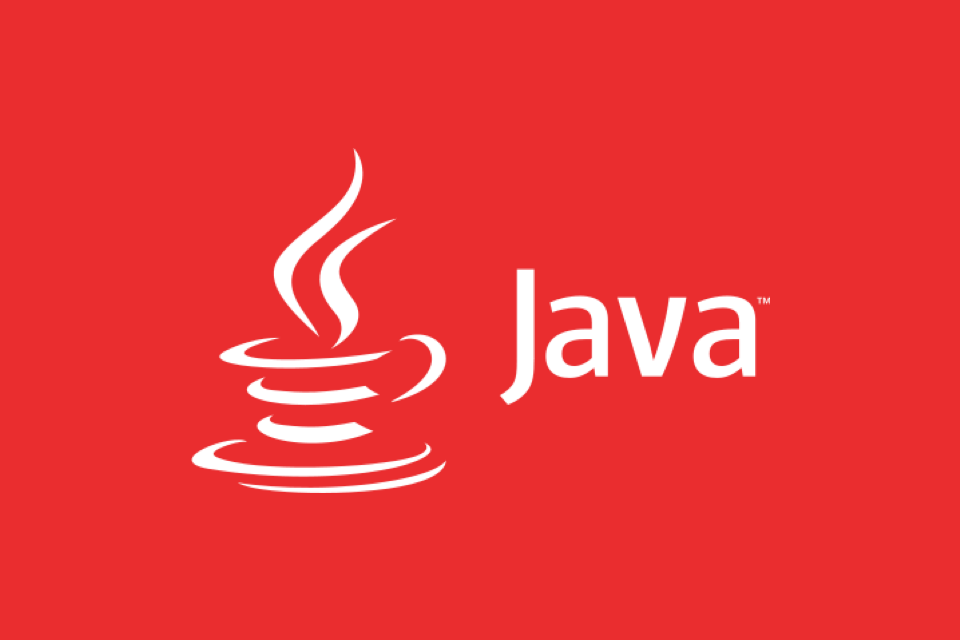In Java, the final keyword is used to express immutability, which can improve code security and maintainability. 1. Once the final variable is assigned, it cannot be changed, the basic type value remains unchanged, the reference type address remains unchanged but the content is variable; 2. The final method cannot be rewritten by subclasses, which helps protect the core logic; 3. The final class cannot be inherited and is suitable for scenarios where intactness is required; 4. Misunderstandings should be avoided when using it. If final is not abused for optimization, note that final does not mean completely immutable, and reasonable use can enhance code clarity.

In Java, final is a very common but misunderstood keyword. It is not just used to modify variables, methods and classes, but more importantly, the semantics it expresses: immutability. Understanding the usage of final can help you write safer, clearer and maintainable code.

1. Final variable: Once the value is set, it cannot be changed.
When you declare a variable as final , it means that its value cannot be modified. This applies to primitive types and reference types, but be aware of the difference:

- For basic types (such as
int,boolean),finalmeans that the value of the variable cannot be changed anymore. - For object reference,
finalmeans that the reference address cannot be changed, but the content of the object itself can be modified.
For example:
final int x = 10;
x = 20; // Compile error, cannot reassign final List<String> list = new ArrayList<>();
list.add("hello"); // Allow, because the object content can be changed list = new ArrayList<>(); // Compile error, the reference cannot be changedUsage scenarios include defining constants, preventing variables from being modified unexpectedly, ensuring visibility in multiple threads, etc.

2. Final method: prevent subclass rewrite
Mark a method as final , indicating that this method cannot be overridden by subclasses. This is very useful for ensuring that certain logic is not modified, such as some core security checks or state management methods.
class Parent {
final void checkSecurity() {
// This method cannot be modified by subclasses}
}The benefit of doing this is to increase security, but also potentially lead to performance optimization (although modern JVMs have rarely relied on this optimization).
Need to note:
- Private methods are final by default because they cannot be inherited.
- If a class is final, all its methods are automatically final.
3. Final class: cannot be inherited
If you want a class to not be inherited, declare it as final . Common examples, for example, String class is final.
final class MyFinalClass {
// ...
}
class SubClass extends MyFinalClass { // Compile Error}This is usually done for design limitations, such as ensuring class immutability, package internal implementation details, or for security reasons.
But also be careful that abuse of final classes will reduce the scalability of the code, so you should use it with caution.
4. Use suggestions and common misunderstandings
- Don't add final for "optimization" : Modern JVMs are smart and don't need to manually add final to each variable or method to improve performance.
- final does not equal immutable : especially for collection classes, even if the reference is final, the collection content can still be changed. To truly achieve immutability, additional encapsulation is required.
- Use final rationally to improve code readability : for example, using final variables in interface callbacks and lambda expressions can make the logic clearer and avoid concurrency problems.
In general, final is a good tool to express intentions, but in actual encoding, it is necessary to decide whether to use it according to the specific situation. Mastering it not only helps write more robust code, but also allows you to better understand Java's object-oriented mechanism.
Basically all that is it. If you use it too much, you will find that it is not complicated, but it is easy to ignore the details.
The above is the detailed content of Understanding the Usage of the 'final' Keyword in Java. For more information, please follow other related articles on the PHP Chinese website!

Hot AI Tools

Undress AI Tool
Undress images for free

Undresser.AI Undress
AI-powered app for creating realistic nude photos

AI Clothes Remover
Online AI tool for removing clothes from photos.

Clothoff.io
AI clothes remover

Video Face Swap
Swap faces in any video effortlessly with our completely free AI face swap tool!

Hot Article

Hot Tools

Notepad++7.3.1
Easy-to-use and free code editor

SublimeText3 Chinese version
Chinese version, very easy to use

Zend Studio 13.0.1
Powerful PHP integrated development environment

Dreamweaver CS6
Visual web development tools

SublimeText3 Mac version
God-level code editing software (SublimeText3)

Hot Topics
 Difference between HashMap and Hashtable?
Jun 24, 2025 pm 09:41 PM
Difference between HashMap and Hashtable?
Jun 24, 2025 pm 09:41 PM
The difference between HashMap and Hashtable is mainly reflected in thread safety, null value support and performance. 1. In terms of thread safety, Hashtable is thread-safe, and its methods are mostly synchronous methods, while HashMap does not perform synchronization processing, which is not thread-safe; 2. In terms of null value support, HashMap allows one null key and multiple null values, while Hashtable does not allow null keys or values, otherwise a NullPointerException will be thrown; 3. In terms of performance, HashMap is more efficient because there is no synchronization mechanism, and Hashtable has a low locking performance for each operation. It is recommended to use ConcurrentHashMap instead.
 Why do we need wrapper classes?
Jun 28, 2025 am 01:01 AM
Why do we need wrapper classes?
Jun 28, 2025 am 01:01 AM
Java uses wrapper classes because basic data types cannot directly participate in object-oriented operations, and object forms are often required in actual needs; 1. Collection classes can only store objects, such as Lists use automatic boxing to store numerical values; 2. Generics do not support basic types, and packaging classes must be used as type parameters; 3. Packaging classes can represent null values ??to distinguish unset or missing data; 4. Packaging classes provide practical methods such as string conversion to facilitate data parsing and processing, so in scenarios where these characteristics are needed, packaging classes are indispensable.
 How does JIT compiler optimize code?
Jun 24, 2025 pm 10:45 PM
How does JIT compiler optimize code?
Jun 24, 2025 pm 10:45 PM
The JIT compiler optimizes code through four methods: method inline, hot spot detection and compilation, type speculation and devirtualization, and redundant operation elimination. 1. Method inline reduces call overhead and inserts frequently called small methods directly into the call; 2. Hot spot detection and high-frequency code execution and centrally optimize it to save resources; 3. Type speculation collects runtime type information to achieve devirtualization calls, improving efficiency; 4. Redundant operations eliminate useless calculations and inspections based on operational data deletion, enhancing performance.
 What are static methods in interfaces?
Jun 24, 2025 pm 10:57 PM
What are static methods in interfaces?
Jun 24, 2025 pm 10:57 PM
StaticmethodsininterfaceswereintroducedinJava8toallowutilityfunctionswithintheinterfaceitself.BeforeJava8,suchfunctionsrequiredseparatehelperclasses,leadingtodisorganizedcode.Now,staticmethodsprovidethreekeybenefits:1)theyenableutilitymethodsdirectly
 What is an instance initializer block?
Jun 25, 2025 pm 12:21 PM
What is an instance initializer block?
Jun 25, 2025 pm 12:21 PM
Instance initialization blocks are used in Java to run initialization logic when creating objects, which are executed before the constructor. It is suitable for scenarios where multiple constructors share initialization code, complex field initialization, or anonymous class initialization scenarios. Unlike static initialization blocks, it is executed every time it is instantiated, while static initialization blocks only run once when the class is loaded.
 What is the `final` keyword for variables?
Jun 24, 2025 pm 07:29 PM
What is the `final` keyword for variables?
Jun 24, 2025 pm 07:29 PM
InJava,thefinalkeywordpreventsavariable’svaluefrombeingchangedafterassignment,butitsbehaviordiffersforprimitivesandobjectreferences.Forprimitivevariables,finalmakesthevalueconstant,asinfinalintMAX_SPEED=100;wherereassignmentcausesanerror.Forobjectref
 What is the Factory pattern?
Jun 24, 2025 pm 11:29 PM
What is the Factory pattern?
Jun 24, 2025 pm 11:29 PM
Factory mode is used to encapsulate object creation logic, making the code more flexible, easy to maintain, and loosely coupled. The core answer is: by centrally managing object creation logic, hiding implementation details, and supporting the creation of multiple related objects. The specific description is as follows: the factory mode handes object creation to a special factory class or method for processing, avoiding the use of newClass() directly; it is suitable for scenarios where multiple types of related objects are created, creation logic may change, and implementation details need to be hidden; for example, in the payment processor, Stripe, PayPal and other instances are created through factories; its implementation includes the object returned by the factory class based on input parameters, and all objects realize a common interface; common variants include simple factories, factory methods and abstract factories, which are suitable for different complexities.
 What is type casting?
Jun 24, 2025 pm 11:09 PM
What is type casting?
Jun 24, 2025 pm 11:09 PM
There are two types of conversion: implicit and explicit. 1. Implicit conversion occurs automatically, such as converting int to double; 2. Explicit conversion requires manual operation, such as using (int)myDouble. A case where type conversion is required includes processing user input, mathematical operations, or passing different types of values ??between functions. Issues that need to be noted are: turning floating-point numbers into integers will truncate the fractional part, turning large types into small types may lead to data loss, and some languages ??do not allow direct conversion of specific types. A proper understanding of language conversion rules helps avoid errors.






